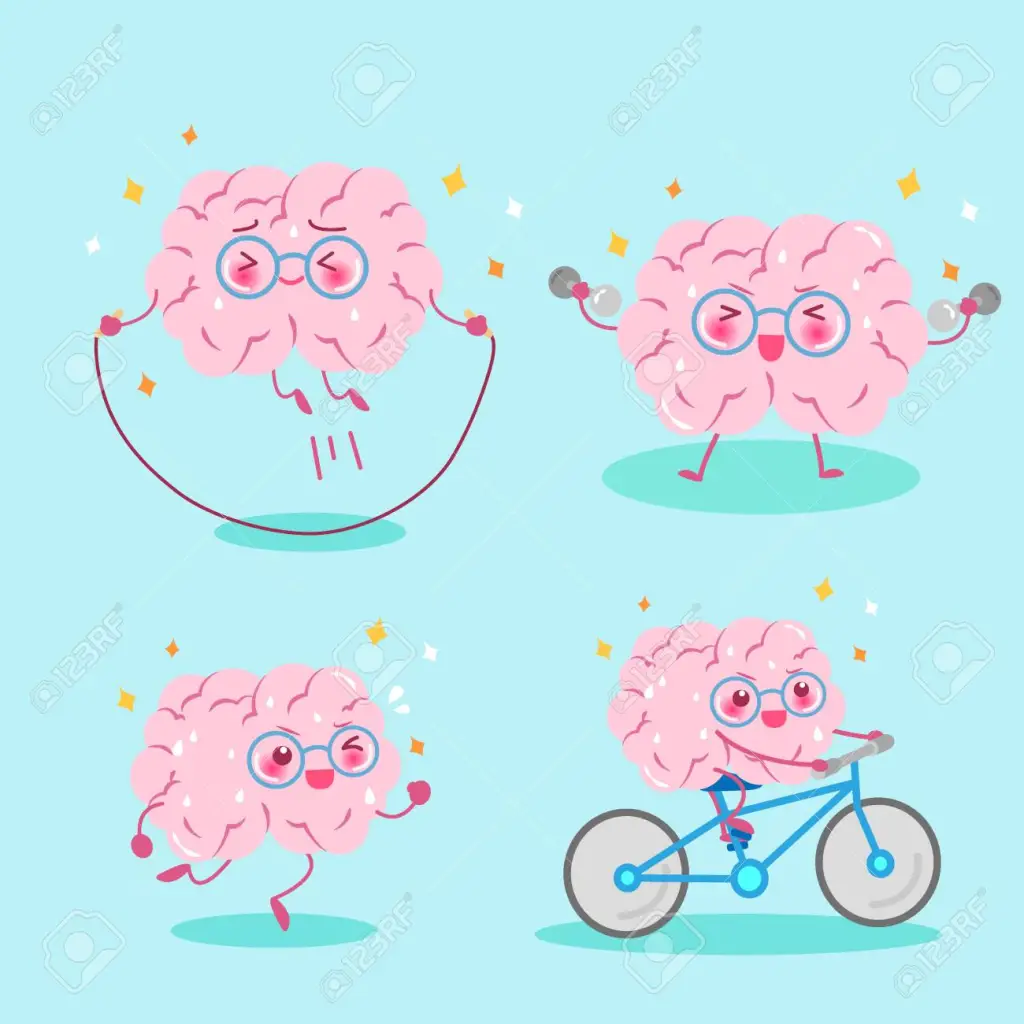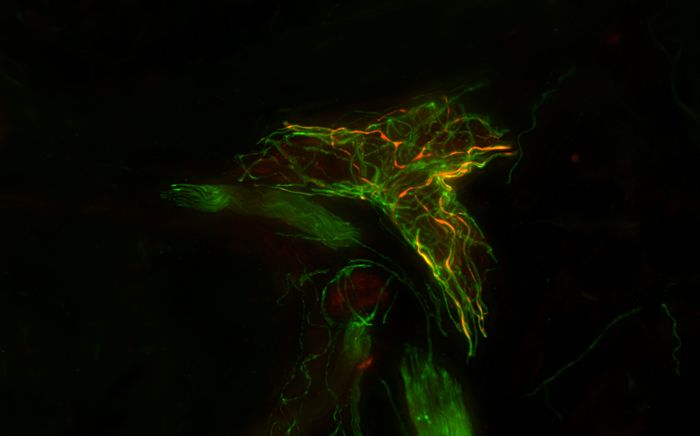The medications we have available are only for symptomatic treatment. They do not change the disease course. But exercise seems to go one step beyond and protect the brain at the neuronal level.
Sule Tinaz, MD, PhD
Every month, I try to attend the “Exercise and Parkinson’s Disease ZOOM Group Meeting” that is run by Daniel Corcos, PhD, for People with Parkinson’s (PwP) and their care partners. Usually the discussion revolves around the latest research on exercise for PD. Dr. Corcos is a well respected researcher and professor of Physical Therapy at the Northwestern University Feinberg School of Medicine in Chicago. He has been looking at the effects of exercise on PwP’s for years, most recently the SPARX studies.
Today, Dr. Corcos brought in Dr. Sule Tinaz from Yale University.
Dr. Tinaz is associate professor of neurology and co-principal investigator of the study High-intensity Exercise Can Reverse Neurodegeneration in Parkinson’s Disease .
Here is the summary of the study from the Yale School of Medicine:
High-intensity exercise induces brain-protective effects that have the potential to not just slow down, but possibly reverse, the neurodegeneration associated with Parkinson’s disease, a new pilot study suggests.
Prior research has shown that many forms of exercise are linked to improved symptoms of Parkinson’s disease. But there has been no evidence that hitting the gym could create changes at the brain level. Now, a small proof-of-concept study involving 10 patients showed that high-intensity aerobic exercise preserved dopamine-producing neurons, the brain cells that are most vulnerable to destruction in patients with the disease.
In fact, after six months of exercise, the neurons actually had grown healthier and produced stronger dopamine signals. The researchers published their findings in npj Parkinson’s Disease on February 9.

My Question
When I had the chance, I asked how long ago were the people in the study diagnosed? I have been living relatively well after 15 years with PD, but it seems that it is getting harder and harder for me to get my heart rate up to the level recommended by these studies during exercise. Dr. Tinaz said that the average person in the study was diagnosed 2 years prior.
So how do these results apply to me and other long term Parkies?
The Answer
Dr. Tinaz told us that adrenaline gets your heart rate up. There are nerve endings that go to your heart muscle that react to the adrenaline discharge, so that your heart can pump faster. Unfortunately, in Parkinson’s disease those nerve endings also die off, so no matter how hard you try, your heart muscle does not get that stimulation from adrenaline and you may not be able to bring your heart rate to the desired level.
Because of this, she also uses the Borg Exertion Scale. If your perceived exertion effort is in the high range, 7 to 9 on the scale, or if you are having trouble putting 2 words together because you’re so short of breath, that’s enough. That’s high intensity, even if your heart rate does not go to the desired level.
This was all new to me. First of all, I had never heard that the nerve endings in the heart die off with PD. And no one has mentioned using exertion level instead of heart rate to monitor the intensity of your workout. Now that I have heard it, it makes sense. There are many times on the bike when I am out of breath, but my heart rate is at about 70%, not the desired 80+%.
The Challenge
Given that almost all exercise studies (and many other topics, too) are aimed at people who have been diagnosed in the last 2-5 years, it seems that there are no exercise guidelines for those of us living with PD for 10, 15 or more years. Can someone design a study aimed at people like me? I am sure that there are many more like me who are working hard to keep up. We would all be grateful and happy to help in any way possible.
Just Announced
The next World Parkinson’s Congress will be in Phoenix from May 24-27.
I hope to see many of you there!

Have a great week!










Leave a comment